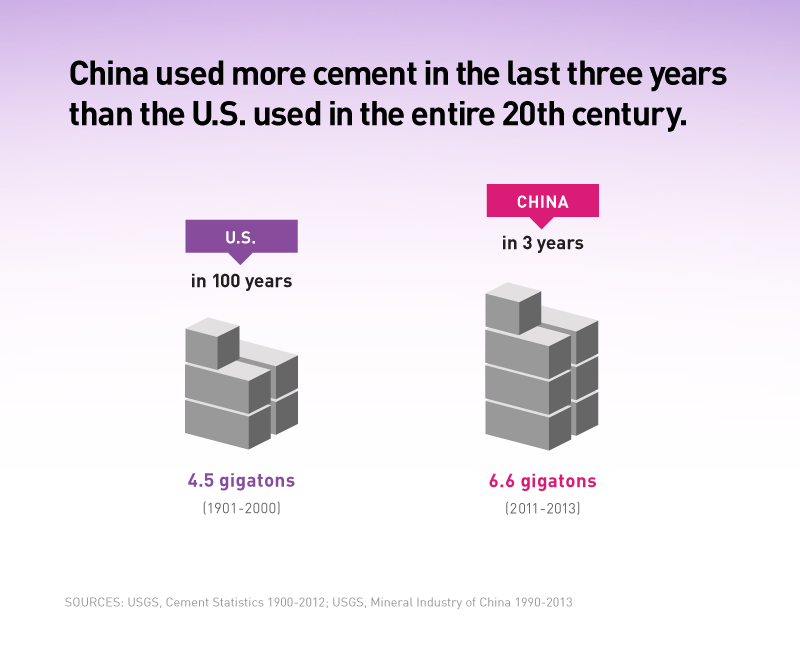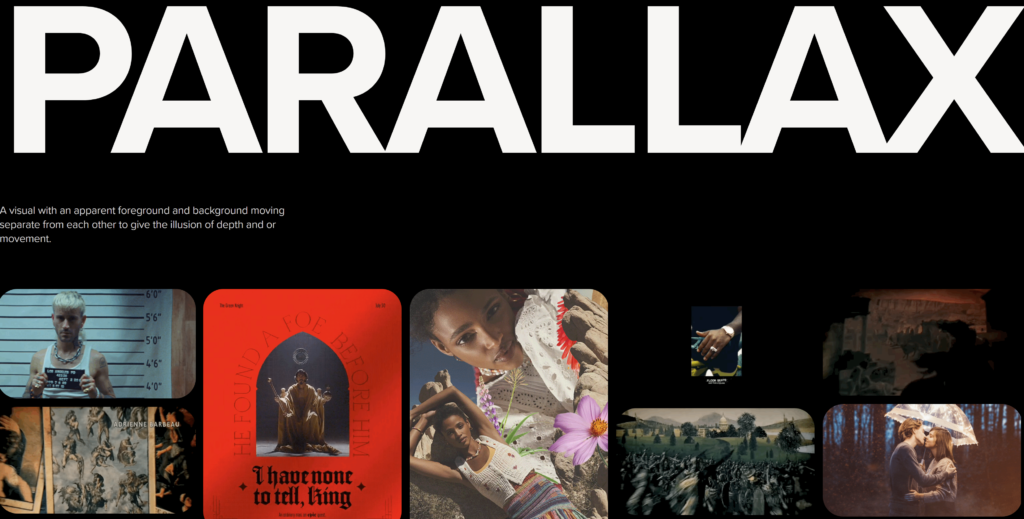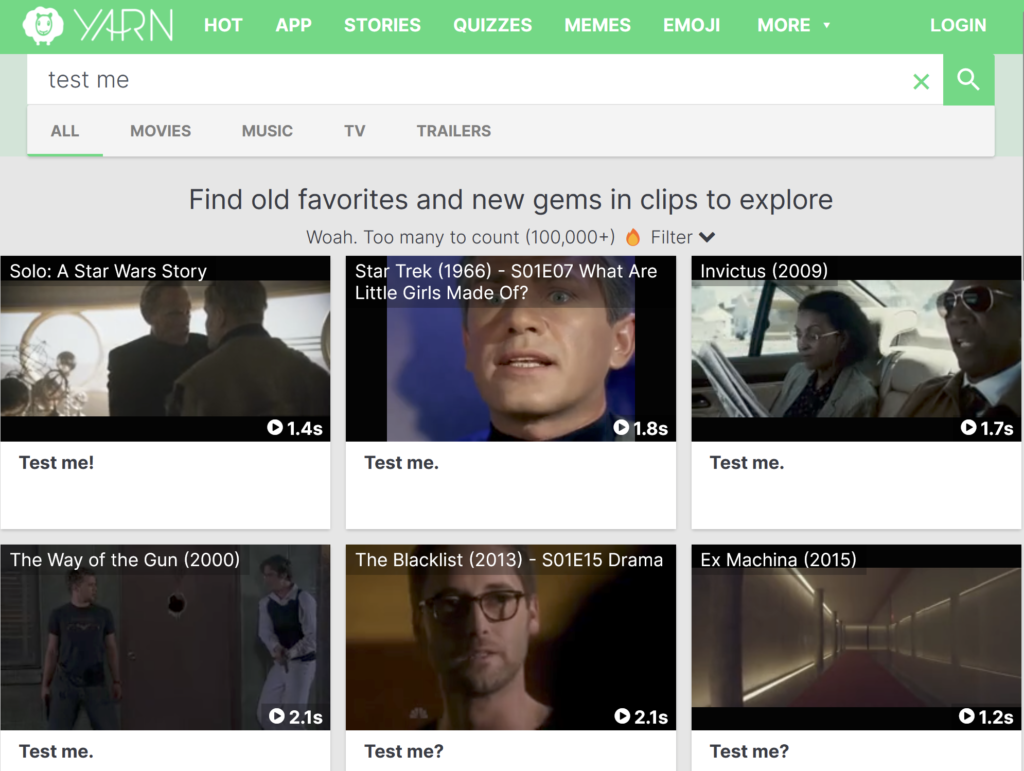Seemingly frustrated at how ‘nerds’ throw around technical terms in order to sound smart, Chris Anderson (writer of The Long Tail, etc.) put together The Nerd Urban Dictionary to compile the most common and worst offenders.
With terms coming from disciplines ranging from statistics to chemistry, finance to the military, here’s a small sample (mostly of things I’ve heard from the mouths of consultants):
- “Priors” instead of assumptions; (if you want to get really nerdy, you can say “posteriors” instead of conclusions). (“All political discussion on Twitter is just people confirming their priors”)
- “Causal structure” instead of underlying reason (“There must be some causal structure behind why this happened”)
- “Non-trivial” instead of hard (“Shipping the code by the end of the day is non-trivial, boss”)
- “Binary Choice”. A choice with only two options
- “Tautological” instead of obvious
Important notes here are that Anderson agrees that these are all uncontroversial when used in the right context, and that his “instead of…” definitions refer to the (often incorrect) common usage, not its precise/correct definition.
As an aside, I do take exception to the use of ‘nerd’ here. I’ve observed this linguistic signalling more prominently within the technolibertarian ‘tech bro’ and ‘finance bro’ circles, rather than the typically more wholesome ‘pure nerd’ community.
As such, I have decided to call this The Overcomplication Compilation: a collection of words and phrases used to signal one’s in-group intelligence. Because, you know, regular words are for regular folks!



